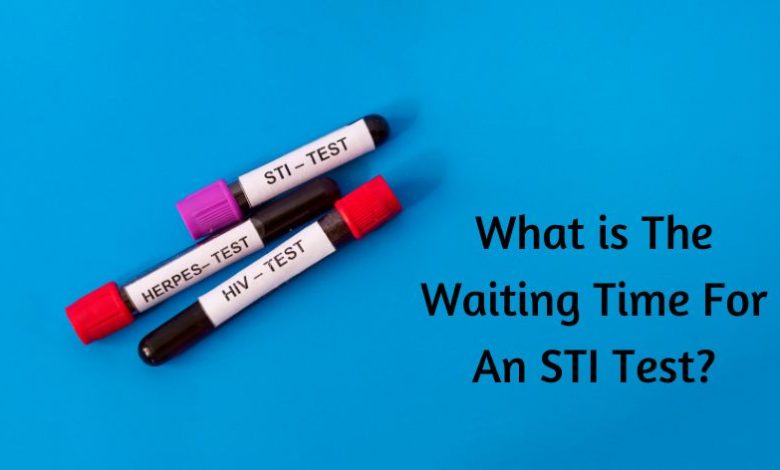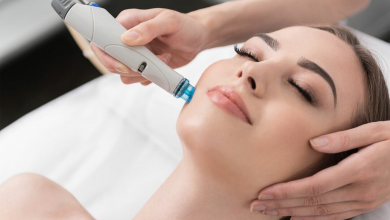What is The Waiting Time For An STI Test?

The sexually transmitted diseases one has encountered and the type of test used for the diagnosis will play a role in determining how much time you should give before having an STI screening. You need to know this, so it’s not too late before treatment commences. Keep reading to find out.
Table of contents
- Test types
- Timing and precision
- Test results
- Letting partners know
- Unfaithfulness and telling the truth
It’s not easy to give a timeframe for STI testing after one has been exposed. For starters, the screening is not 100 percent accurate. Sometimes, you may have been patient enough to wait for a good result, but the final outcome may be a false negative or a false-positive result. A test result is false negative when it says you’re not infected, but in reality, you are, while a false positive result says you have the infection but could actually don’t have it.
Besides, every STI test has different ways in which they work. While some screenings aim to detect the virus, bacteria or pathogen causing the infection, other tests may just focus on the reaction of your immune system to the STI.
STI Test types
Pathogen and antibody test. Theoretically, pathogen-identity tests should rapidly turn positive. The reason is that pathogens are present from when the infection starts. But these tests would need samples from infected body parts for analysis which is not easily obtained.
Take herpes, for example. The swab is highly sensitive to timing. Their efficacy is short-lived, just when the infection is in active state. What makes these tests simple and precise is the disease type under-diagnosis. Advancement in diagnostics has provided more reliable methods of testing for gonorrhoea and chlamydia using urine samples. Where there are no visible lesions, infections like herpes and HPV may not be easily diagnosed.
For blood tests using the presence of antibodies for diagnosis, a doctor may not be needed to know where the sample should be taken from. What’s needed is time for the result to become positive. First, your immune system must respond to that STI and release sufficient antibodies to make these tests effective.
Antibodies depending on the types, rise up to different levels after exposure to an STI. Sometimes, this knowledge can tell how long it’s been since you contracted the infection. But because the response is delayed, it impacts how much time a test takes to clearly identify an infection.
Timing and precision
Certain things should be clear before determining the waiting interval to get a positive or negative test outcome after unprotected sex. These are:
- The type of STIs you have come into contact with
- The type of test being used for diagnosing the STI
Other less obvious factors can come into play. Sadly, it is impossible to say how long a person should wait before testing for an STI.
Even if you look at this issue from a research angle, it is hard. Because the question is, “how can a patient under ethics and practice be subjected to contracting an STI and then tested multiple times to know the duration it will take for their result to be positive?” Based on this, there’s zero to minimal evidence supporting how much time one should wait after exposure to take a test for STI.
Certain tests for chlamydia and gonorrhoea may be quite precise after a month of exposure. Other tests for infections like HIV and herpes take more time before they become conclusive.
Should you have been exposed to a sexually transmitted infection, 6 months is quite a reasonable time interval to take a test. Of course, this doesn’t overrule an earlier screening. The timing just okays when it’s right for standard testing.
Test results
After testing, your results will be ready after some time. Certain rapid test procedures like the one for chlamydia may produce results in half an hour. Other test results can be ready in under or an hour’s time. You may not find rapid tests in all clinics, and not every STI can be tested for with rapid screening. Should you be considering rapid tests, you should consider visiting an STI Clinic. Calling ahead to find out if available rapid tests are allowed.
Aside from rapid tests, the outcome of an STI screening may be ready from 2 to 14 days.
Letting partners know
That you’re getting an STI test because you suspect exposure doesn’t mean you can’t tell your existing or future partner about your sexual health status. It doesn’t matter whether it was oral sex or the intimacy didn’t last long. Everyone who is sexually active and in a sexual relationship should discuss these things before engaging in sexual activity.
Many of the persons who choose sexual relationships are also experienced. So, it makes sense that there be talks about protected sex and testing.
That said, these discussions are not easy to initiate or talk through. Because of the difficulty in broaching the subject, protected sex is usually advised, especially until you are sure of the outcome of your test.
Unfaithfulness and telling the truth
Anyone who has been unfaithful in their sexual relationship will find it difficult to tell the truth. But the thing is that most people are willing to let go of the hurt that their partners, without knowing, passed on the infection to them than knowingly infecting them. If you tell the truth about cheating, you allow your partner to lower their odds of being infected and emotional trauma.
Some people can get manipulative with the spread of an STI. But it’s not really good to hold down a partner or make them look past unfaithfulness using an STI transmission. The good thing is that after dealing with the surprise and stigma of being diagnosed with an infection, most persons come to terms that fear is not love in any way.
It’s not always simple to move on and date people with a status of STI infection. But compared to keeping an abusive relationship, this one is better. Go here if you would like to have an STI test.





